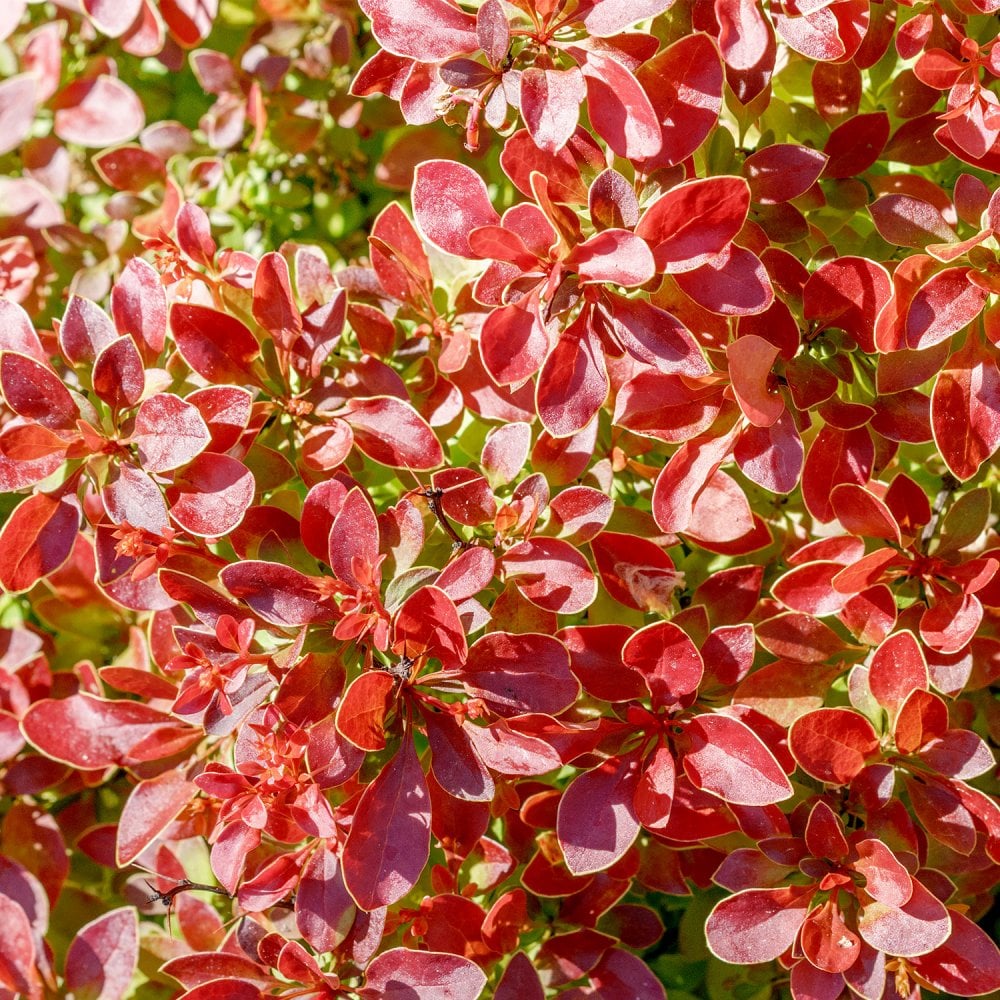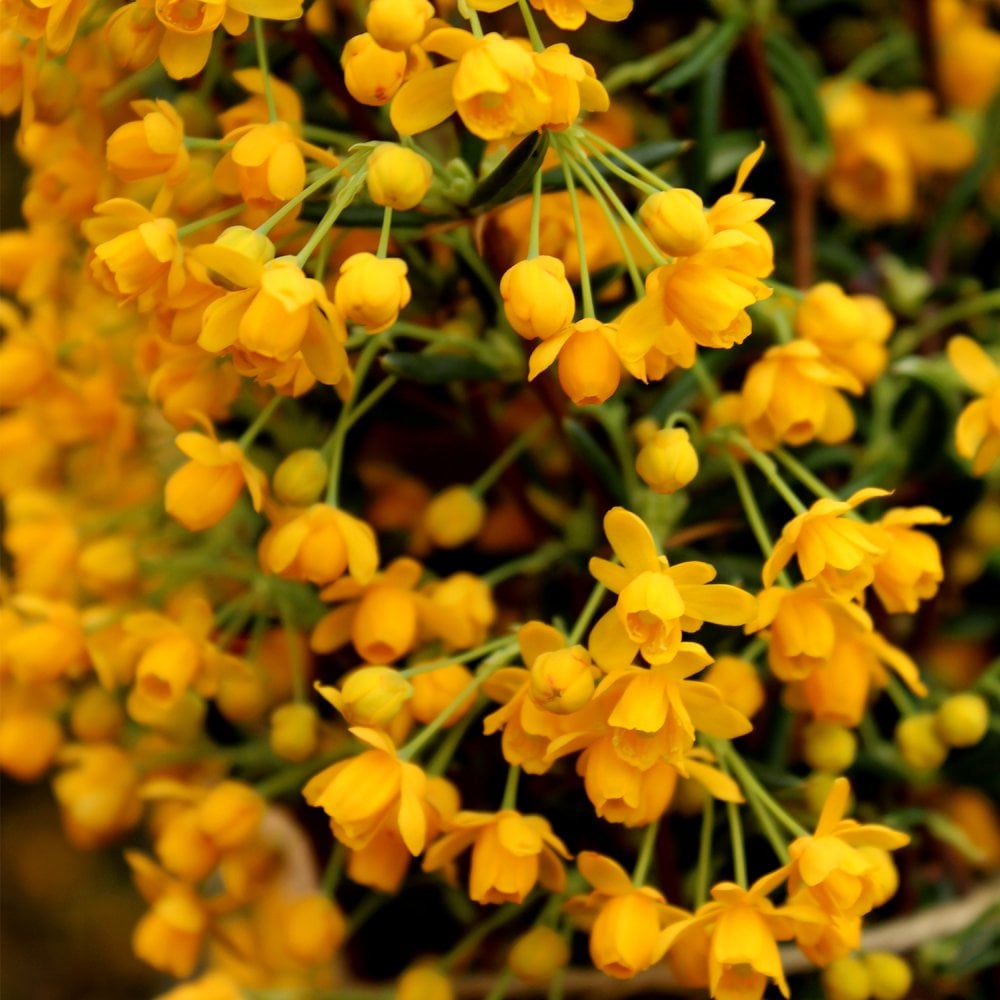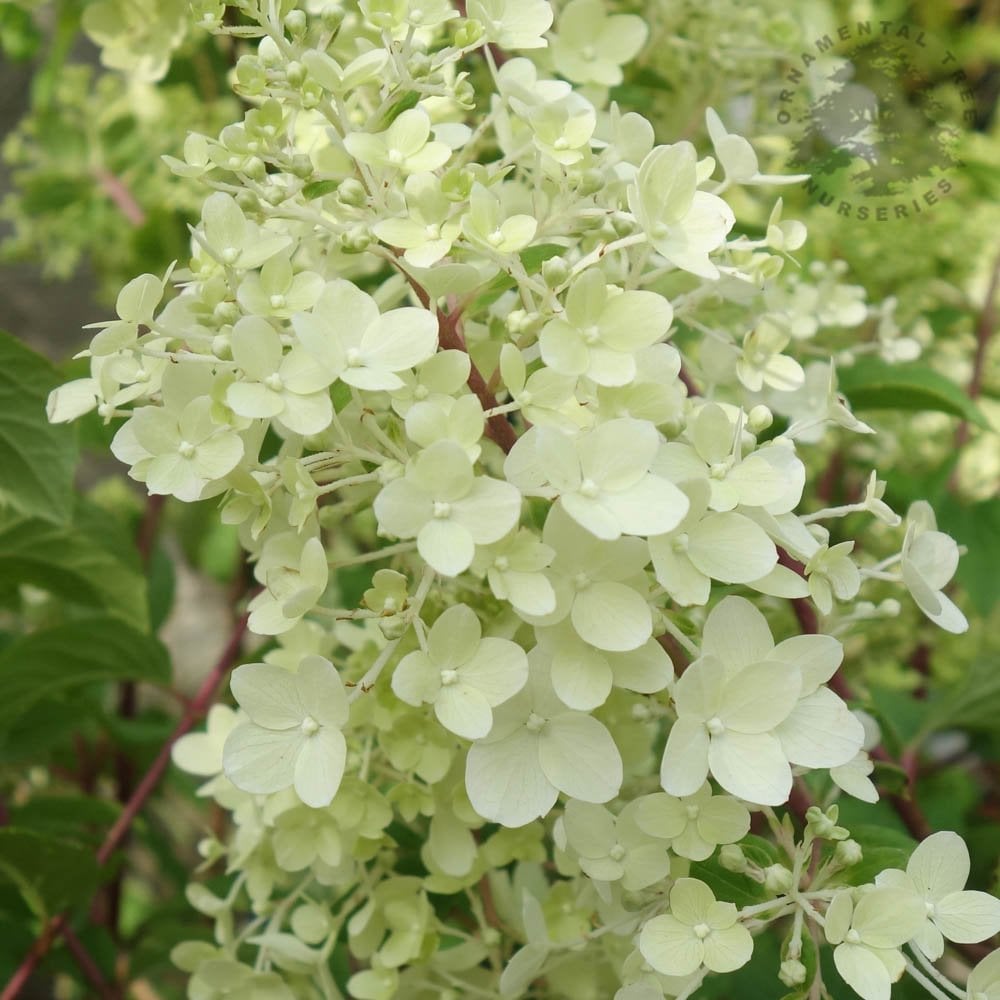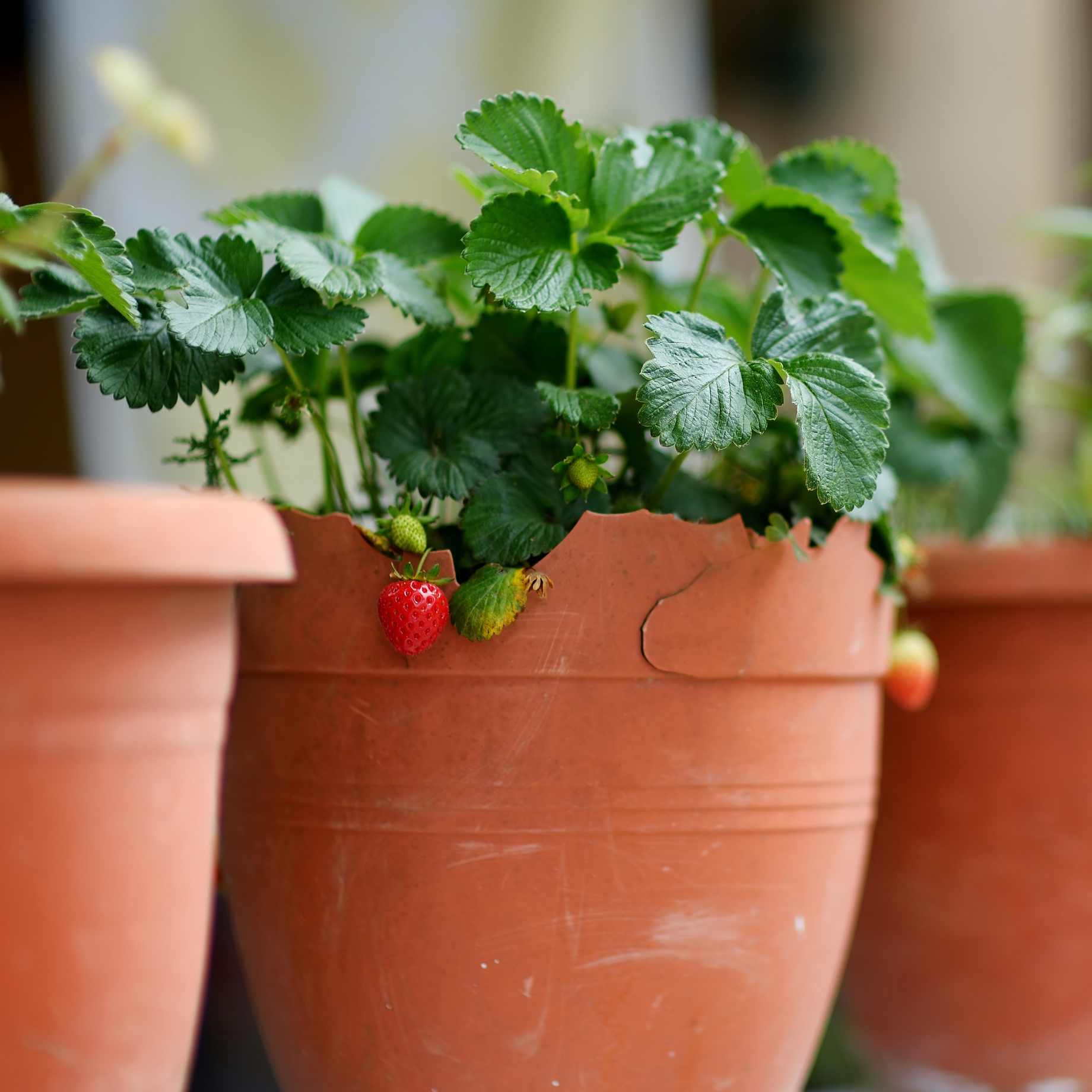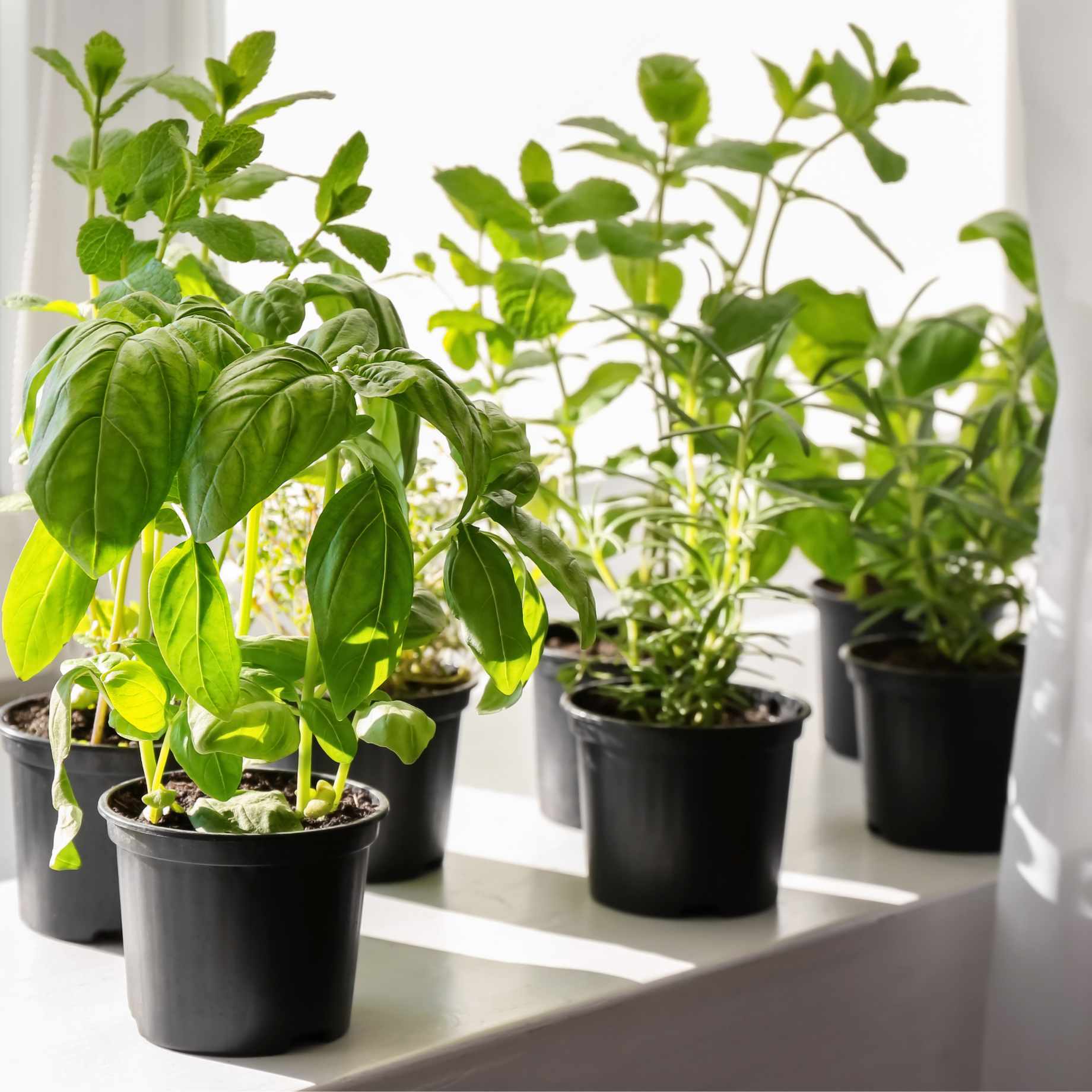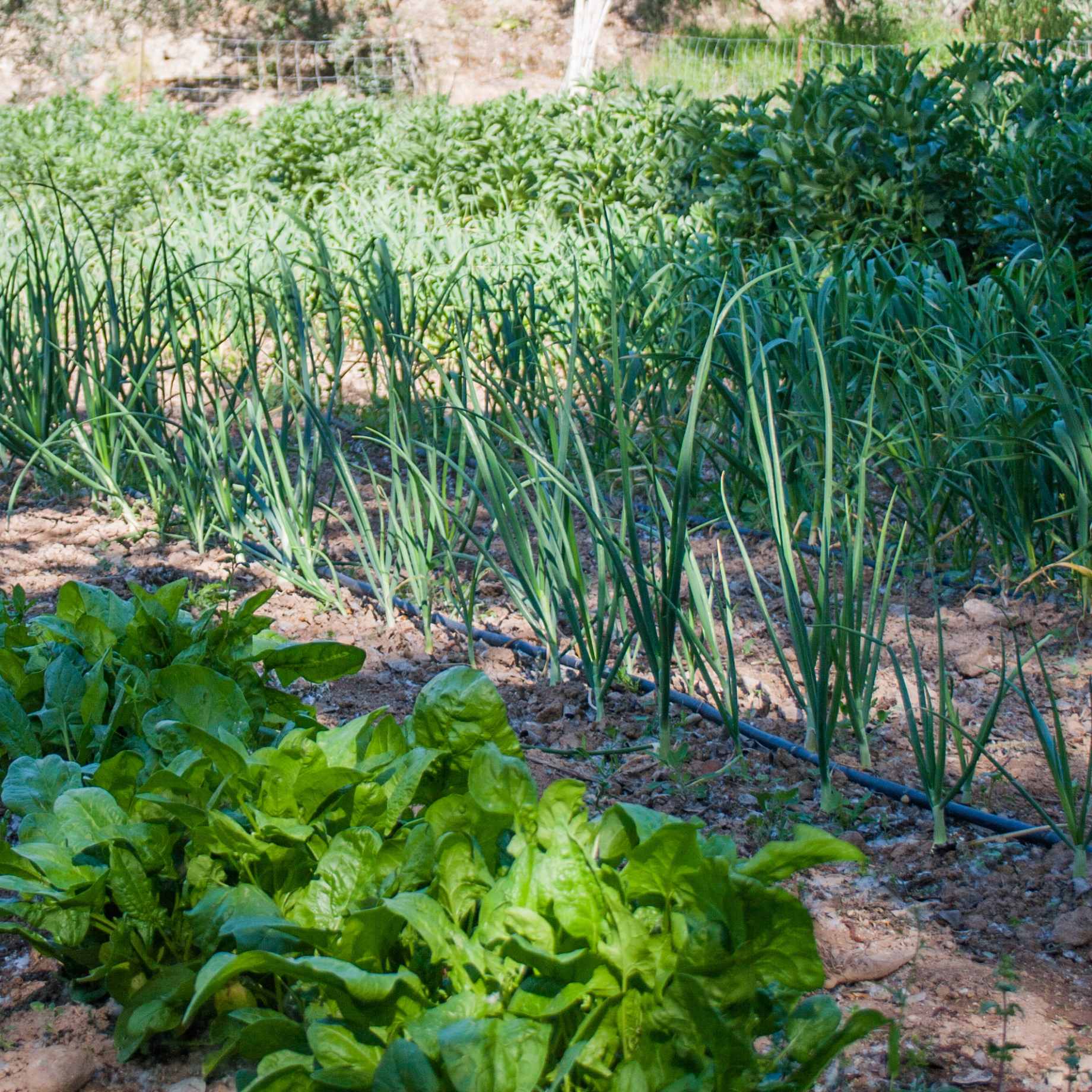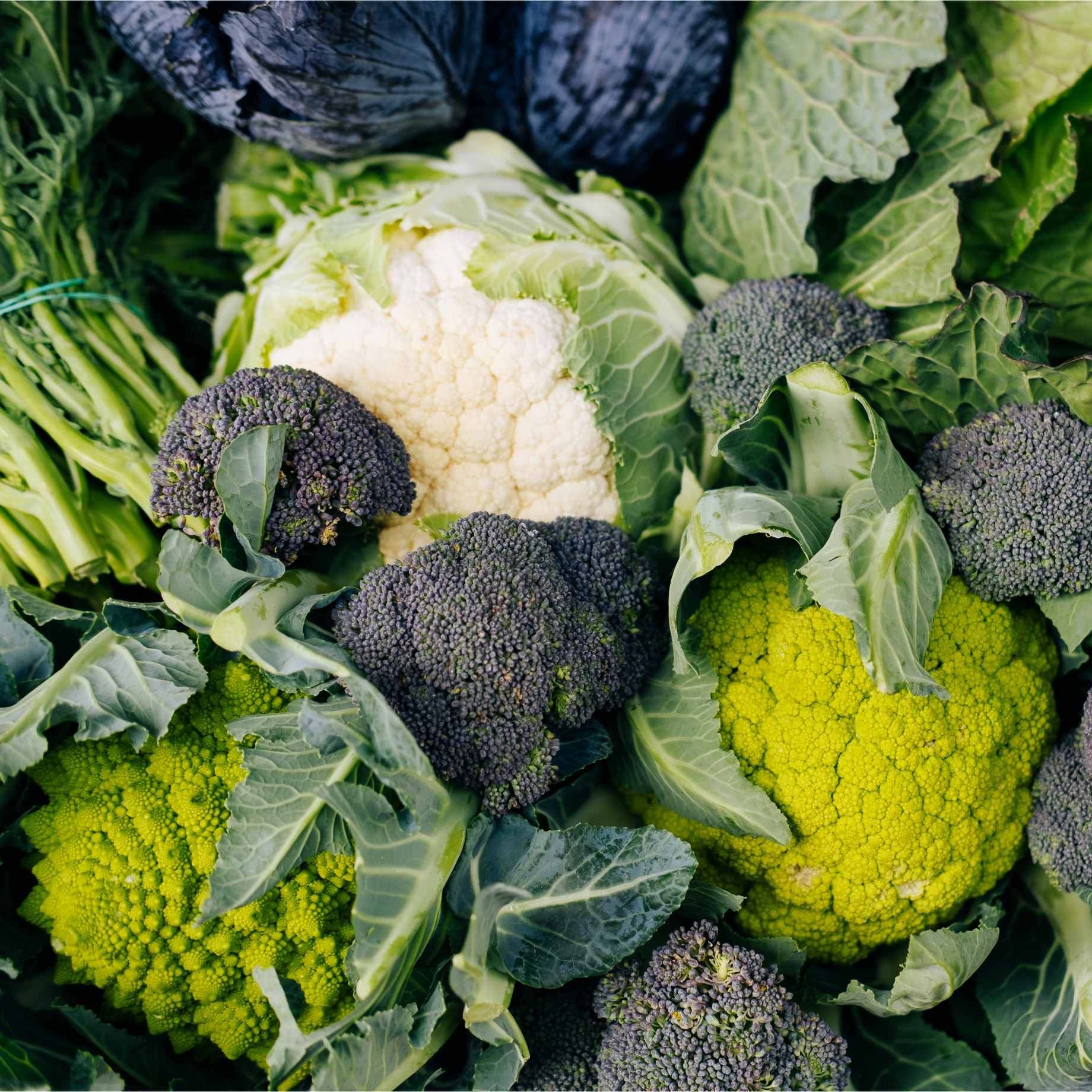Key features
Final size1m x 1.5m in 20 years
FoliageGreen leaves turn red in autumn (deciduous)
FlowersSmall yellow and red flowers in spring
PositionFull sun to part shade
Description
Berberis thunbergii commonly known as Japanese Barberry, is a versatile deciduous shrub that typically grows to a height and spread of 1 to 1.5 metres. It features small, spiny oval leaves that are bright green during the spring and summer, turning vibrant shades of orange and red in the autumn. Japanese Barberry blooms in spring, producing racemes of small yellow flowers, followed by bright red berries in autumn which attract wildlife and add interest throughout the year.
Berberis thunbergii thrives in well-drained soils and can grow in full sun to partial shade, though the best leaf colour is achieved in full sun. Hardy and low-maintenance, Berberis thunbergii is often used in landscaping for hedges, borders, or as a colourful accent plant. Its dense, spiny branches also make it an effective barrier plant.
AKA Japanese Barberry
Planting Steps
1Preparation
- Pot-grown plants can be planted at any time of year, whereas bare roots need to be planted between November and March.
- Clear weeds and grass within a metre of the planting hole.
- Dig a hole as deep as the root mass and twice as wide.
- To help your plant establish more effectively, sprinkle Rootgrow in the hole.
2Planting
- Gently loosen the roots and place into the planting hole.
- Ensure the top of the plant’s compost is flush with the level of the surrounding soil and the graft union or collar of the tree is above ground level.
- Mix 50% of the original soil with 50% compost.
- Fill in the hole, firming the soil gently.
3Last Steps
- Water generously around the base of the plant.
- If you are planting either a single stem tree or mature standard tree, we recommend adding a staking kit and rabbit guard.
Aftercare Advice
Trees and shrubs require a good watering regime for a couple of years whilst they establish. Water well and regularly through spring and summer, increasing in hot or dry weather. If planting in autumn, you may only need to water a little. It is advisable to keep the area free of competing weeds and grass during this period.
For more detailed advice and video guides, please visit our Help & Advice section.

